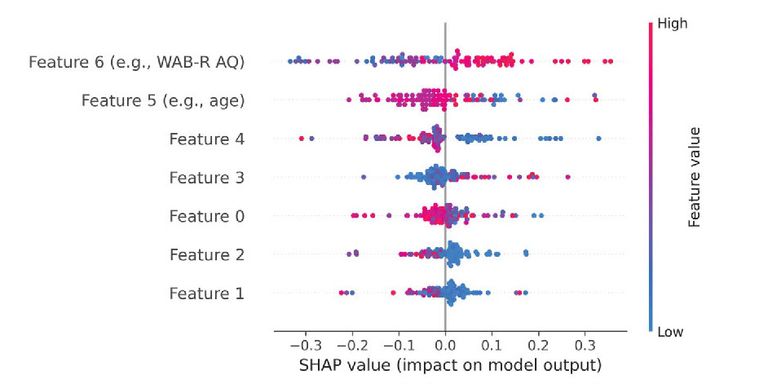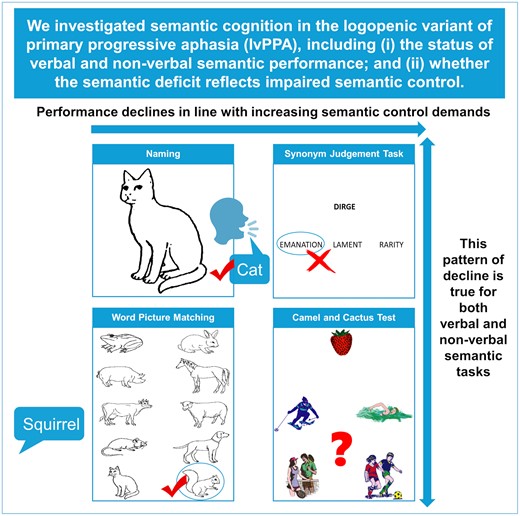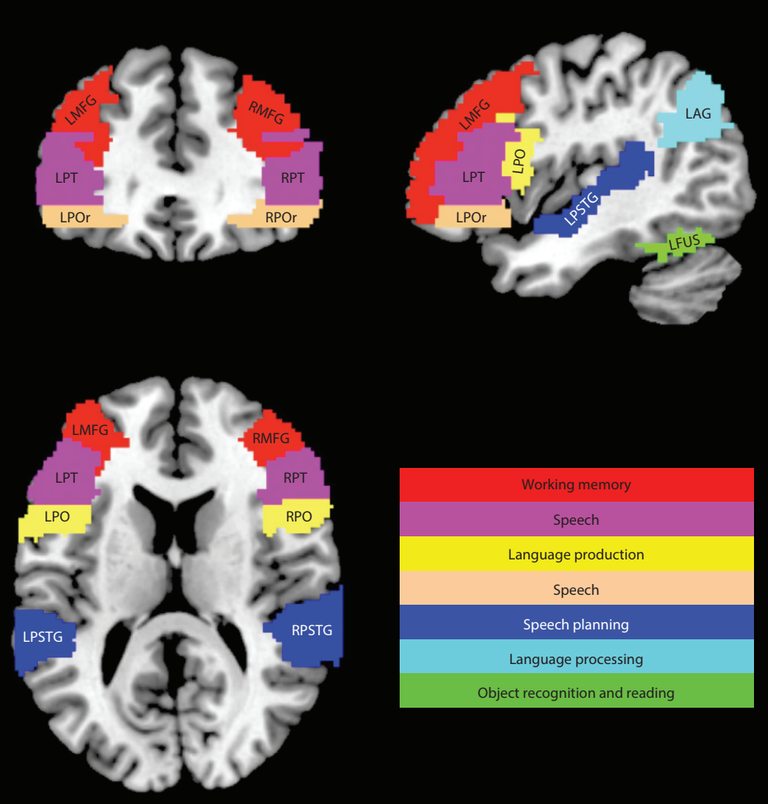
The evolution of word retrieval errors during semantic feature-based therapy in bilingual aphasia
Scimeca, M., Peñaloza, C., Carpenter, E. A., Marte, M. J., Russell-Meill, M., & Kiran, S. (2025). The evolution of word retrieval errors during semantic feature-based therapy in bilingual aphasia. Bilingualism: Language and Cognition. Advance online publication. https://doi.org/10.1017/S1366728925100370 Abstract Bilinguals with aphasia routinely experience anomia in one or both of their languages that may be […]

Quantifying the impact of hair and skin characteristics on fNIRS signal quality for enhanced inclusivity
Yücel, M.A., Anderson, J.E., Rogers, D. et al. Quantifying the impact of hair and skin characteristics on fNIRS signal quality for enhanced inclusivity. Nat Hum Behav (2025). https://doi.org/10.1038/s41562-025-02274-7 Abstract Semantic feature-based treatment (SFT), which engages the semantic network by repeatedly targeting retrieval of conceptual features to improve lexical-semantic access, has shown promise for facilitating […]

Measurement of cross-language and cross-domain generalization following semantic feature-based anomia treatment in bilingual aphasia
Russell-Meill, M., Carpenter, E., Marte, M. J., Scimeca, M., Peñaloza, C., & Kiran, S. (2025). Measurement of cross-language and cross-domain generalization following semantic feature-based anomia treatment in bilingual aphasia. Neuropsychological Rehabilitation, 1–27. https://doi.org/10.1080/09602011.2025.2522196 Abstract Semantic feature-based treatment (SFT), which engages the semantic network by repeatedly targeting retrieval of conceptual features to improve lexical-semantic access, […]

Cross-language interaction during sequential anomia treatment in three languages: Evidence from a trilingual person with aphasia
Peñaloza, C., Marte, M., Billot, A., & Kiran, S. (2025). Cross-Language Interaction During Sequential Anomia Treatment in Three Languages: Evidence from a Trilingual Person with Aphasia. Cortex, 189, 107-130. https://doi.org/10.1016/j.cortex.2025.05.017 Abstract Language rehabilitation research has reported mixed evidence in bilinguals with aphasia suggesting that therapy can benefit the treated language alone or additionally result in […]

Using Unsupervised Dimensionality Reduction to Identify Lesion Patterns Predictive of Post-Stroke Aphasia Severity
Kropp, E., Varkanitsa, M., Carvalho, N., Falconer, I., Billot, A., Al-Dabbagh, M., & Kiran, S. (2025). Using unsupervised dimensionality reduction to identify lesion patterns predictive of post-stroke aphasia severity. Cortex, 188, 25–41. https://doi.org/10.1016/j.cortex.2025.04.015 Abstract Although voxel-based methods consistently identify brain regions associated with specific language functions, these techniques are limited when applied to broader behavioral […]

An Introduction to Machine Learning for Speech-Language Pathologists: Concepts, Terminology, and Emerging Applications
Cordella, C., Marte, M. J., Liu, H., & Kiran, S. (2024). An Introduction to Machine Learning for Speech-Language Pathologists: Concepts, Terminology, and Emerging Applications. Perspectives of the ASHA Special Interest Groups. https://doi.org/10.1044/2024_PERSP-24-00037 Purpose The purpose of this article is to orient clinicians and researchers to machine learning (ML) approaches, as applied to the […]

Machine learning predictions of recovery in bilingual post-stroke aphasia: Aligning insights with clinical evidence
Authors: Manuel Marte, Erin Carpenter, Michael Scimeca, Marissa Russell-Meill, Claudia Peñaloza, Uli Grasemann, Risto Miikkulainen, and Swathi Kiran, Accepted in the Journal Stroke Q&A with Manuel Marte What is this paper about? The paper examines how well machine learning models can predict language recovery outcomes in bilingual stroke survivors with aphasia. The study analyzed data […]

Impaired semantic control in the logopenic variant of primary progressive aphasia
Authors: Shalom K Henderson, Siddharth Ramanan, Matthew A Rouse, Thomas E Cope, Ajay D Halai, Karalyn E Patterson, James B Rowe, Matthew A Lambon Ralph. Q&A with Shalom Henderson What is this paper about? Even though the absence of object knowledge loss/semantic representation deficits constitutes ancillary diagnostic criteria for the logopenic variant of primary progressive […]

From the Annual Review of Linguistics, Charting the Course of Aphasia
Authors: Manuel Jose Marte, Marissa Russell-Meill, Nicole Carvalho, and Swathi Kiran Figure 1. Brain regions involved in various language tasks. Colors indicate specific tasks associated with each region. The medial frontal gyrus (red) is involved in working memory. The pars triangularis (magenta), pars opercularis (yellow), and pars orbitalis (tan) are involved in speech, language production, […]
Semantic processing in bilingual people with aphasia: An eye-tracking study examining cross-language semantic facilitation and interference.
About the Author: Sophie Blankenheim conducted her master’s thesis on this work under the supervision of Maria Varkanitsa Summary Bilingual lexical processing involves simultaneous activation of both languages, with encountering a word in one language priming the equivalent word in the other. Previous research on healthy individuals has shown that naming responses are slowed down […]